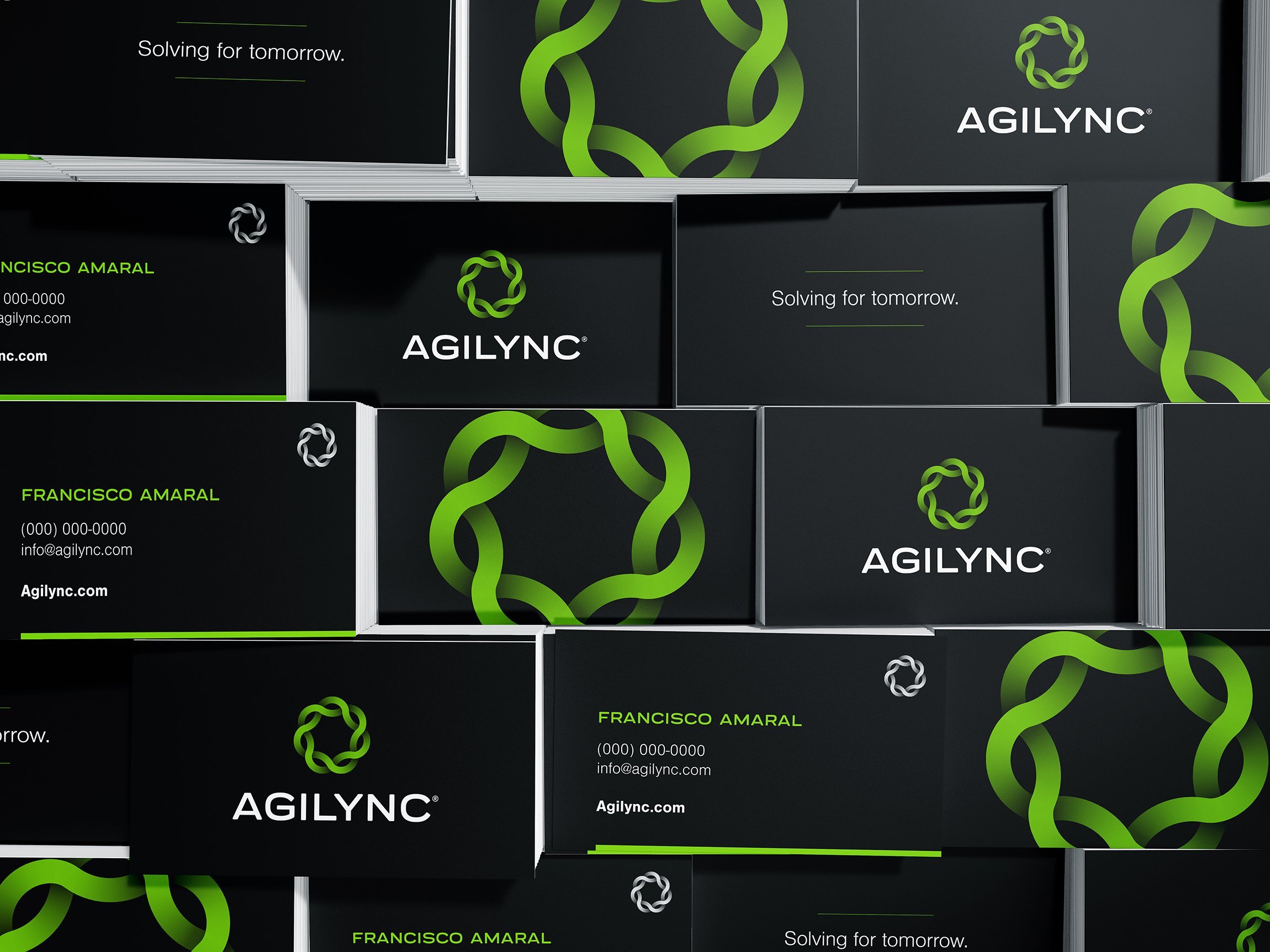Naming
Names are like empty boxes waiting for your story. But naming is tricky–it can lead to concepts you can't even own. Before choosing a name, we make sure it's:
Distinct from competitors
Rooted in your values
Easy (or at least possible) to trademark
While I guide the creative process, I recommend hiring a trademark attorney to ensure a smooth legal path for your chosen name.
My Approach
A typical brand naming process includes the following. For product and feature naming, we follow a similar path:
Clarity: Align Internal Expectations
Education about wordmark types
Connection to brand values
Collaborative ideation
Research: Immerse Ourselves in the 3 Cs
Company audit & insights
Competitor audit & insights
Consumer audit & insights
Creation: Converge Learnings Into Options
Create 3 main themes
Create several names per theme
Present each name with a story
Case Study 1
Uplvl
Uplvl (formerly Right TRACS) needed an overhaul to reflect its evolution into a cohesive, customer-centric brand.
The challenge was developing a singular brand story and messaging that speaks to various services while creating a new name and brand voice.
In addition, we needed to position the brand for long-term plans they had for new products and services.
Naming Process
Research revealed new core values. These values guided us toward three thematic territories for naming exploration. Within each territory, we created potential names. The team ultimately chose Uplvl for these reasons:
Symbolism: It aligned with the brand's purpose to help clients reach new levels.
Industry Connection: It subtly references real estate and moving upward.
Modern Aesthetic: The unique spelling felt fresh and memorable.
Case Study 2
Pallaby
Pallaby, a modern dog food startup, needed to establish its entire brand identity, from initial concept to market launch.
The founders and I worked to differentiate the brand in a crowded dog food market while effectively communicating its unique vision.
Their goal was to be seen as more than just food–they wanted to be the brand that understands your dog's individual needs for optimal long-term health.
Naming Process
Our naming process prioritized finding a unique, ownable name while building a meaningful brand story. We considered these factors:
Trademark Strength: Invented words like Pallaby are easier to protect legally.
Brand Personality: We chose a name that could embody a friendly, reliable identity.
Storytelling Potential: Names are like empty boxes–we filled Pallaby with a positive, relatable story.
Case Study 3
Agilync
Agilync, an innovative team of engineers and creative problem-solvers, needed to establish its brand and communicate its value proposition to compete with larger players in the industry.
Leadership wanted to showcase its expertise to potential clients in a way that conveyed its unique strengths and ability to deliver complex solutions.
Additionally, they needed a clear, flexible brand story that could be adaptable to multiple target markets, setting the stage for future growth.
Naming Process
We developed a comprehensive solution that included a new brand strategy, visual identity, messaging, and a name change. Key to this success was:
Clarifying the Offering: We distilled their complex product offering into a brand name (“Agilync”) and tagline (“Solving for Tomorrow”) that underscored their adaptability.
Brand Elevation: The new name and identity gave the brand the authority and professionalism needed to compete in its market.
Impactful Results: This empowered their team, resulting in more leads and successful sessions with current and potential clients.


